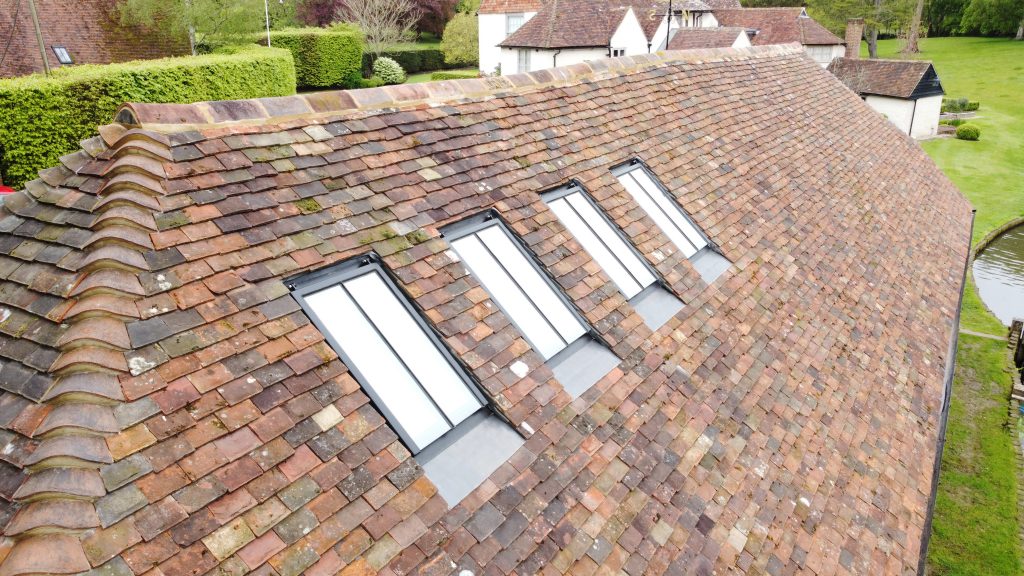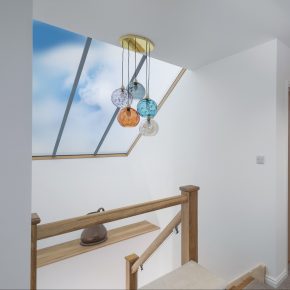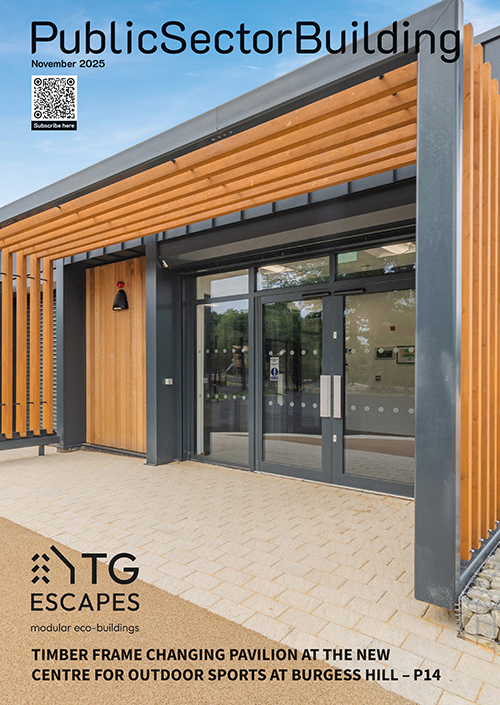This article by Paul Trace from Stella Rooflight explains why bespoke rooflights are better for period properties…
If you live in period property, a converted barn, a Listed building, or a Conservation Area, the chances are that your home is unique.
You most likely appreciate the aesthetic appeal and unique and charming architectural design that your home offers. The intricate details, ornate mouldings, and craftsmanship that may be lacking in modern homes.
When you choose to live in a period property, you become the custodian of something more than a house – rather you are buying something of historical and cultural significance. Living in a home that has a rich history can be an attractive proposition, but it can also be a bit of a headache, especially when it comes to renovation or refurbishment.
Nothing is straightforward, when nothing is, well, straight! Finding a wall or a door frame that is square, or rafters that are equally spaced can present a challenge to even the most experienced builder or decorator.
Flexibility
A common theme among those that live in a period property is the need for a conservation rooflight that offers flexibility in its design. Rarely does a standard, off the shelf, rooflight match the requirement of a period property. Surely it makes no sense to change the roof structure of a 100-year-old building to fit the standard shapes and sizes of modern day building materials?!

Fear not! Bespoke rooflights offer an excellent solution for traditional and period style homes. You can design your roof window to exactly the shape and size that it needs to be. You can design the spacing of the glazing bars to exactly fit the wonky rafters and can choose materials and colours that compliment the internal and external aesthetic of your home. And you can achieve an appearance that blends in with the rest of the building and just looks like it was meant to be there.
This can all be achieved while introducing the functionality and thermal performance of a rooflight that you would expect to see in a modern, contemporary home, such as high specification glazing, electronic actuation, wind and rain sensors and remote control operation.
How the Bespoke Rooflight Process Works
Designing custom rooflights is a creative process that begins with your unique vision. The first step is to decide how you want your rooflights to enhance your space. Whether you’re looking to flood your home with natural light, create a stunning architectural focal point, or seamlessly blend heritage with modern design, your vision sets the stage for the entire journey.
Consider the primary purpose of your custom rooflights. Are they meant to illuminate a specific area, provide ventilation, or serve as a design statement? Understanding your goals helps in making informed choices during the design process.
Architectural Harmony
Rooflights should harmonise with your building’s architecture. Your design should respect the existing style while offering a contemporary touch. Careful consideration of the rooflight’s shape, size, and materials is vital for achieving this harmony.
The beauty of custom rooflight design lies in the ability to tailor every detail to your precise specifications.
Choose materials that not only match your aesthetic preferences but also align with the practical needs of your space. The choice of materials influences factors like thermal performance, internal and external appearance, and functionality.
Opening Options
One of the fist considerations will be whether you need an opening or fixed roof window – or perhaps a combination of both.
If you require an opening rooflight then some conservation rooflight manufacturers offer a range of options depending on whether you prefer manual or electric operation.
Glazing Options
Custom roof windows offer the ability to select glazing options that suit your energy efficiency requirements. From double-glazed to triple-glazed units, the choice of glazing directly impacts insulation and thermal performance.
Glass will typically make up 70% of your rooflight, and it’s at the heart of controlling the flow of natural light, the level of safety and security, and of heat retention. It can even help protect furniture against fading.
Internal Liners
The internal liner of your rooflight not only provides additional thermal performance, but also completes the appearance of the inside of the rooflight, which arguably is more important than the outside, as it’s what you will notice the most.
You should always consider the use of a hard wood, such as American Ash, rather than plastic, and try to match the materials and colours with the design style you are trying to create elsewhere in your home.
Colours
Many people prefer the natural appearance of their chosen hard wood (if that is your preference). However, bespoke rooflight manufacturers also enable you to choose to have a painted finish to match your internal decoration and can match your liner to any desired colour.
When it comes to the outside, you should also be able to finish your rooflight in an RAL colour of your choice.
Conclusion
Bespoke rooflight design is an art that marries aesthetics with functionality. Your vision, material choices and the final touches come together to create a product that transforms your space. Whether you’re looking to illuminate a heritage property or infuse a contemporary home with natural light, the process ensures that your bespoke rooflight is a work of art, tailored to your exact requirements.
For more information download ‘The Ultimate Guide to Conservation Rooflights’ – an independent guide to everything you need to know about specifying conservation rooflights – available exclusively on the Stella Rooflight website.
To find out more about bespoke conservation rooflights and how they could benefit your project visit stellarooflight.co.uk/stella-bespoke/




